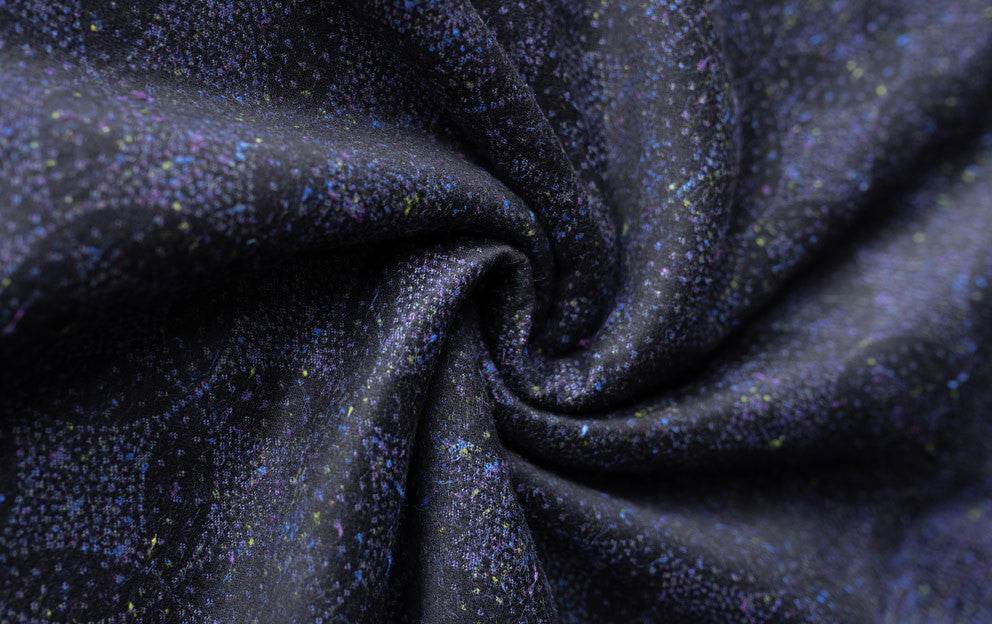
Fabric Characteristics: Unique Features of Your Woven Wrap
The Unique Feature of Your Woven Wrap
Sometimes these natural imperfections are incorrectly categorised as flaws, this article will illuminate and explain some of the distinctive characteristics of our favourite yarns.

Please note: all of our baby wraps are individually checked for quality before leaving our workshop and none of the Fabric Characteristics mentioned here will affect the integrity of your sling.
For more information on 2nd- & 3rd-grade items visit this article on our Woven Seconds.
Nubs & Slubs
Linen, hemp & wool are yarns which are well-known for having little nubs and slubs along the length of the yarn.
Slubs occur when a yarn does not have a consistent diameter along the whole length of the thread. Where the yarn is thicker it interacts with the warp yarns differently causing visible slubs.
Nubs may appear as little lumps in the fabric or sometimes as little loops. These loops may look like pulls but they are actually a natural part of the yarn structure. They differ from a pull in that they are thin and a little wispy, and do not affect the fabric around them - i.e. there is no tension in the area around them. These can be left as they will not affect the integrity of the sling.

Slubs and nubs will be more noticeable if there is a high contrast between weft and warp, or if the linen yarn is especially thick.
You may also find references to 'Slubby Tussah Silk' & 'Slubby Wool' on our site. These are smooth yarns whose deliberately variegated texture leads to distinctive striped look as the diameter of the yarn varies across the weft - imitating the look of a linen or hemp slub.
Slubs are not considered flaws as they are part of the natural characteristics of the yarn.
Variating Yarn Widths
As our wraps are made from natural yarns, which often vary in width, this is perfectly normal for all of our yarns and is often common with linen, silk and wool blends. Sometimes the thicker yarns will appear randomly and some will be more regular as seen below.

Flecks
Usually found on wild silk & cottolin blends, these are less prominent than the nubs and slubs of linen and hemp but can be seen for similar reasons.
The uneven texture and diameter of the yarn lead to the flecks on the weft yarn peeking through the warp where it is not part of the pattern. The yarns bobbly texture leads to a unique pattern of flecks appearing across the wrap.
These flecks are a normal part of many natural silk yarns, occurring during spinning, and they are part of the character of your wrap.
You may see something similar in a wrap with a cottolin warp and other natural yarns where fibres can be caught up in the weaving process leading to little flecks appearing in your wrap. You can tweeze these out if you wish but we prefer to leave them be.
You may also have heard of 'Confetti' yarns, these are yarns that have been artificially manipulated to have different coloured flecks across their length. This gives a gorgeous speckled effect which looks like scattered confetti.

These slubs are intentionally highlighted and so are not considered flaws.
Weft facing and hybrid weaves consist of two (or more) weft yarns running across one warp, the yarns drop down and pop up at different points allowing different parts of the pattern to be highlighted and giving designers more control over the placement of colour.

Due to the nature of this style of weaving it is necessary to 'anchor' the weave occasionally - this means you may see one of the wefts pop up where it is not part of the pattern. This is more obvious on wraps where there is high contrast in the weft and warp yarns and is a normal characteristic of this style of weave.
Weavers knots are small knots in the fabric where the warp or weft has been repaired during the weaving process or where one spool of yarn has ended and a new spool of yarn has been added in. These do not weaken the fabric in any way.

When weaving if a warp yarn breaks this must be found and repaired immediately by the weaver, if the thread is not found and knotted then it will result in a missing thread (you can read more about these here).
Otherwise, when a spool of yarn is finished and a new one needs to be added, then a small knot is tied to secure the yarns and continue weaving.
Skipping Threads
Skipping threads occasionally occur in the weaving process, this is where a weft yarn is not properly caught under the warp yarn.
Any number of large skipping threads, or lots of small skipping threads in one area, are considered a flaw. However, a small number of little skipping threads across a long length of fabric are hard to avoid during the weaving process and therefore considered a normal characteristic of woven fabric.


The images above show an example of skipping threads. Just a few skipping threads across the wrap would not be classed as a grade 2 item, however, when they are closer together (like in the image below) this would be classed as a grade 2 item.
Selvedge Edge
This is the tightly woven edge of a fabric, you can sometimes see along the hem of your sling like in the pictures above. This is normal and is to prevent the side edges of the fabric from unravelling or fraying.
Shifting Threads
It is quite common to see a little thread shifting with woven wrap fabric, especially if the pattern has a lot of curves or it is a very lightweight wrap, thread shifting isn't generally anything to worry about and it's easy to fix, please see links to our How-To Guides below.

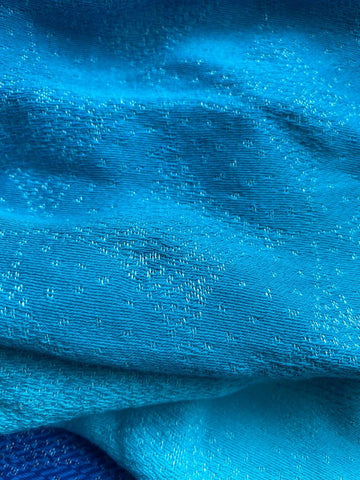
Smell
Because we use natural yarns there may be a chance when you unwrap your Oscha sling that it has a unique smell. This is nothing to be worried about and should fade the more you use, wear and wash it. Wild Silk and Wool tend to have the strongest smells out of the yarns.
Fabric Pulls
Small fabric pulls are common on any woven fabric but luckily are very easy to fix. Pulls can occur when the fabric has been snagged and are easy to set back in. See below for our video showing you how.
If you come across an imperfection such as a small pull or shifting threads, both of which are common when using woven wraps, you can learn how to fix these with our How-To Guides on our YouTube channel. Check out our wrap fixing playlist.
If you have any concerns about your woven wrap you can contact us on info@oschaslings.com.

Best Baby Carrier For Newborns 2025
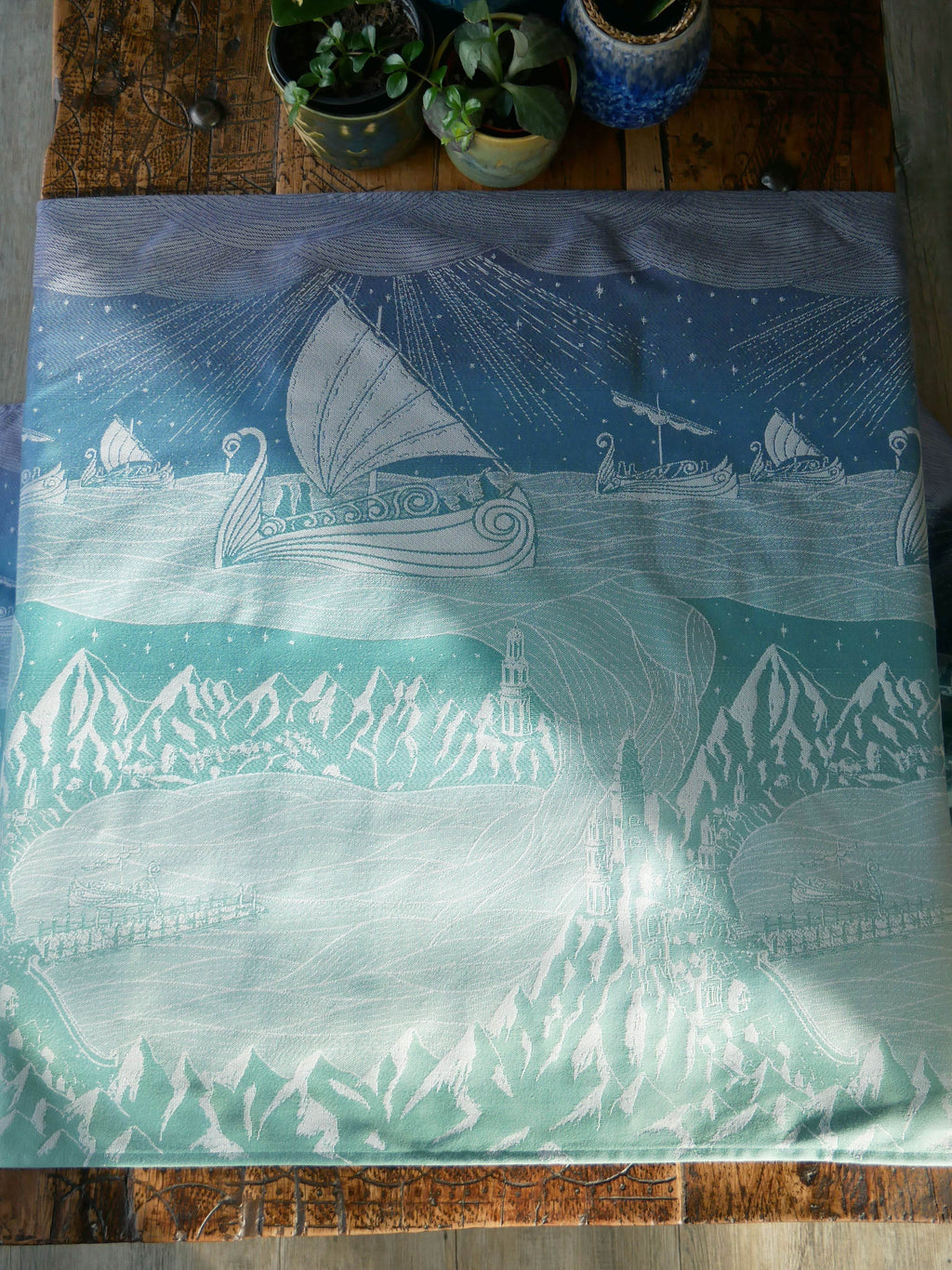
Grey Havens: Oscha Lord of the Rings Design Development
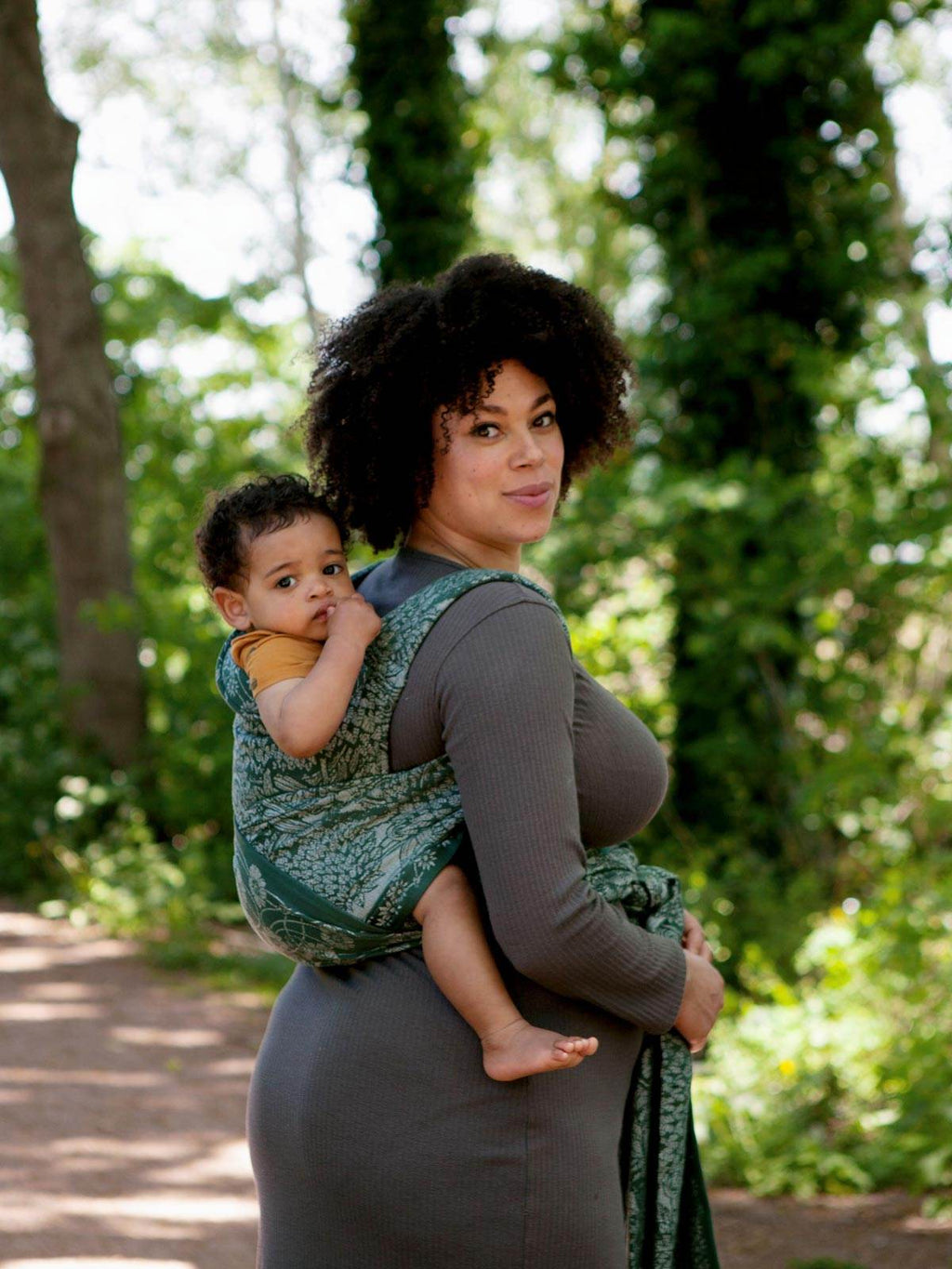
Can Baby Carriers Cause Back Pain?
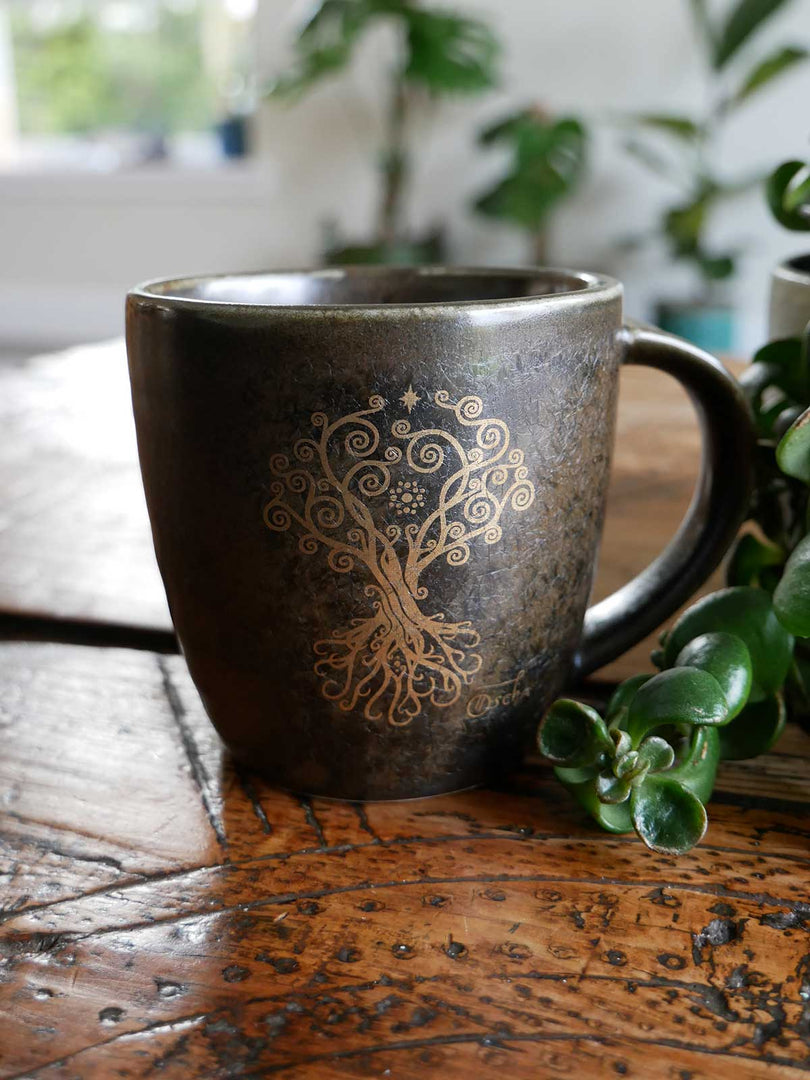

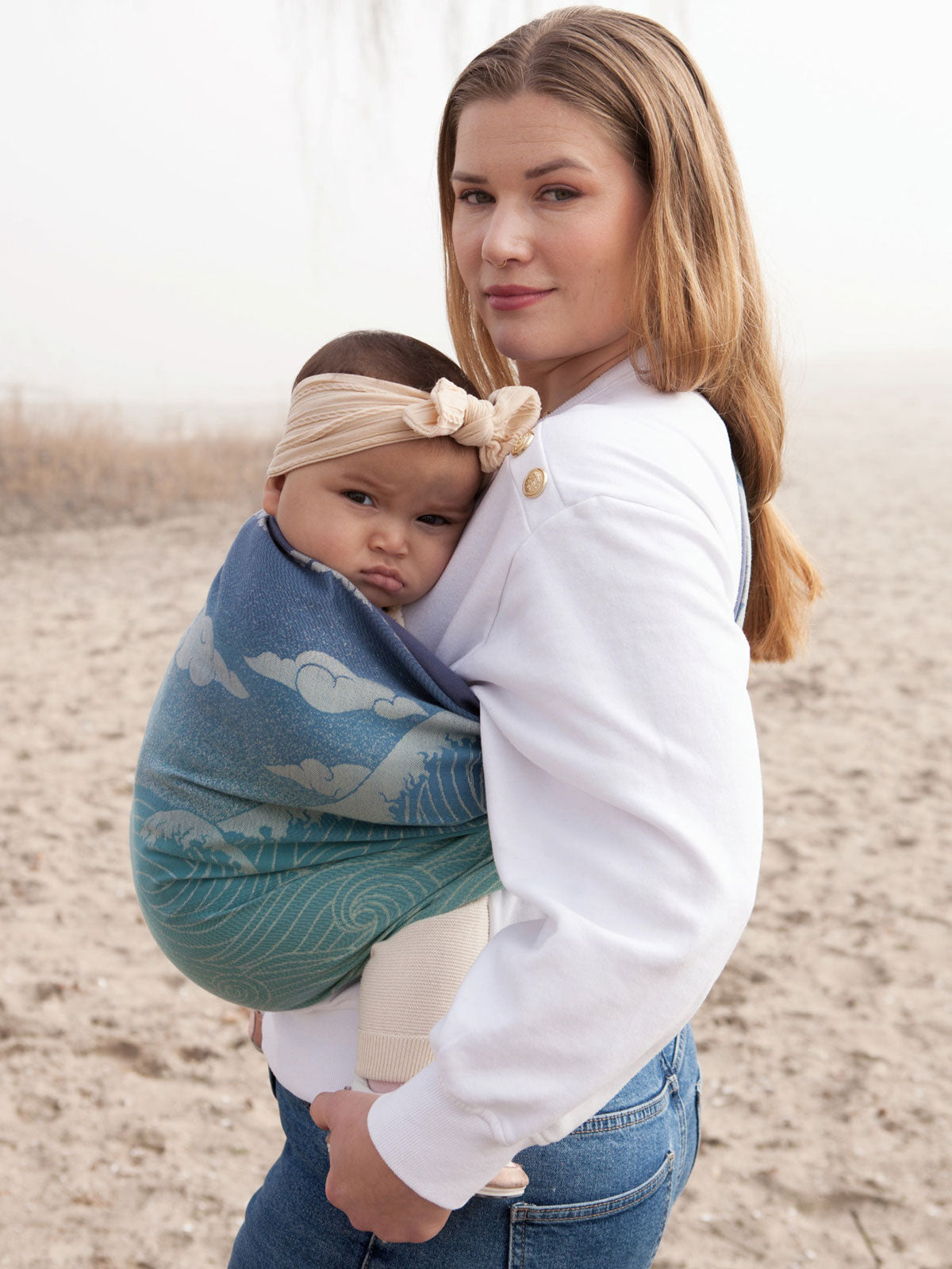
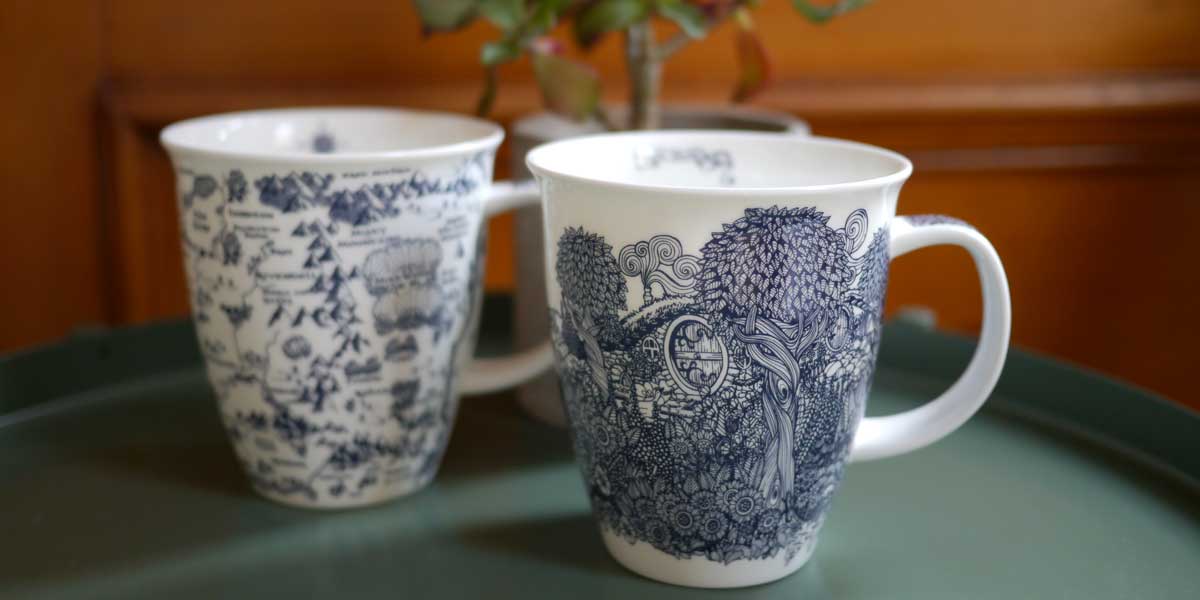
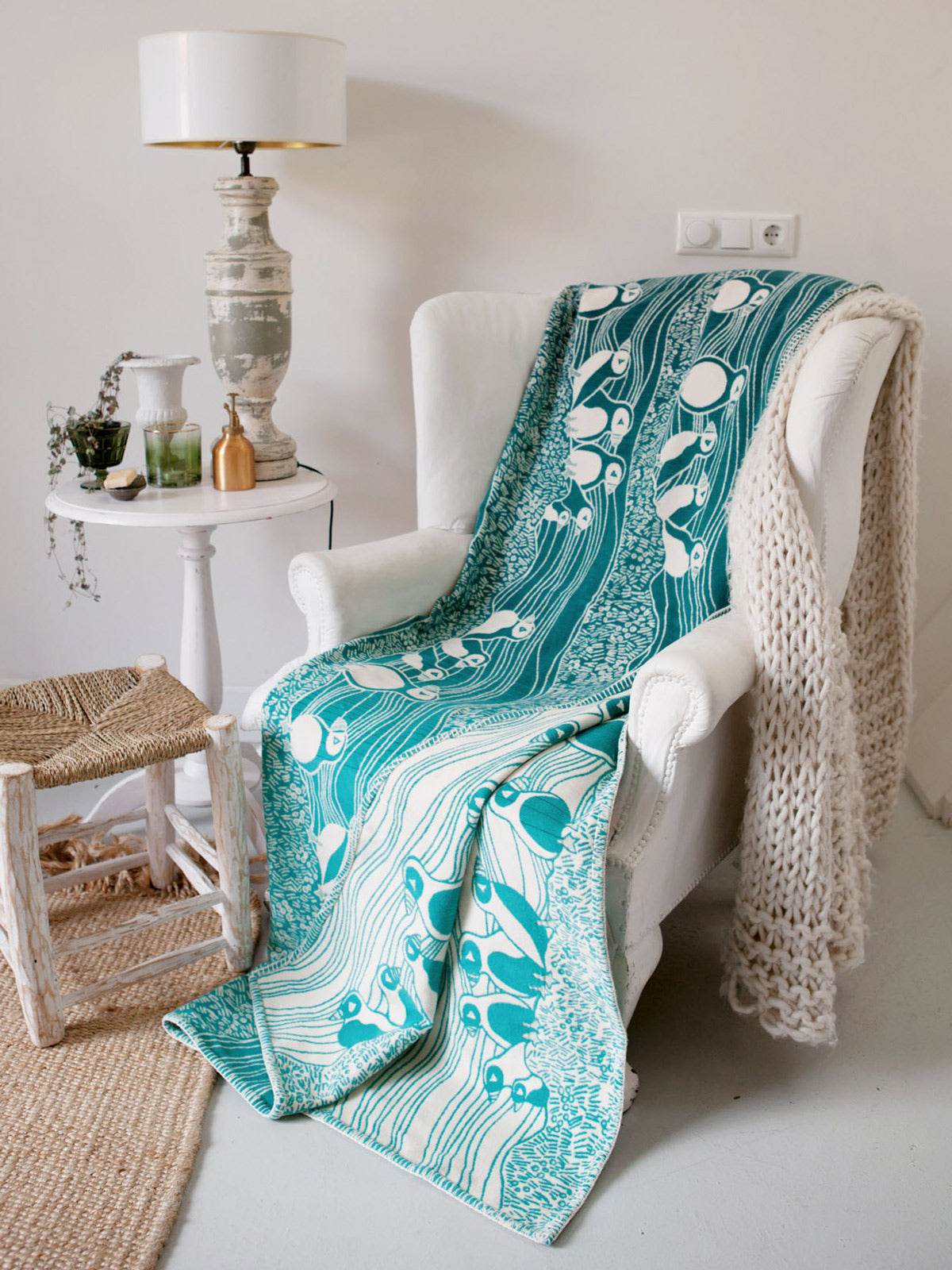
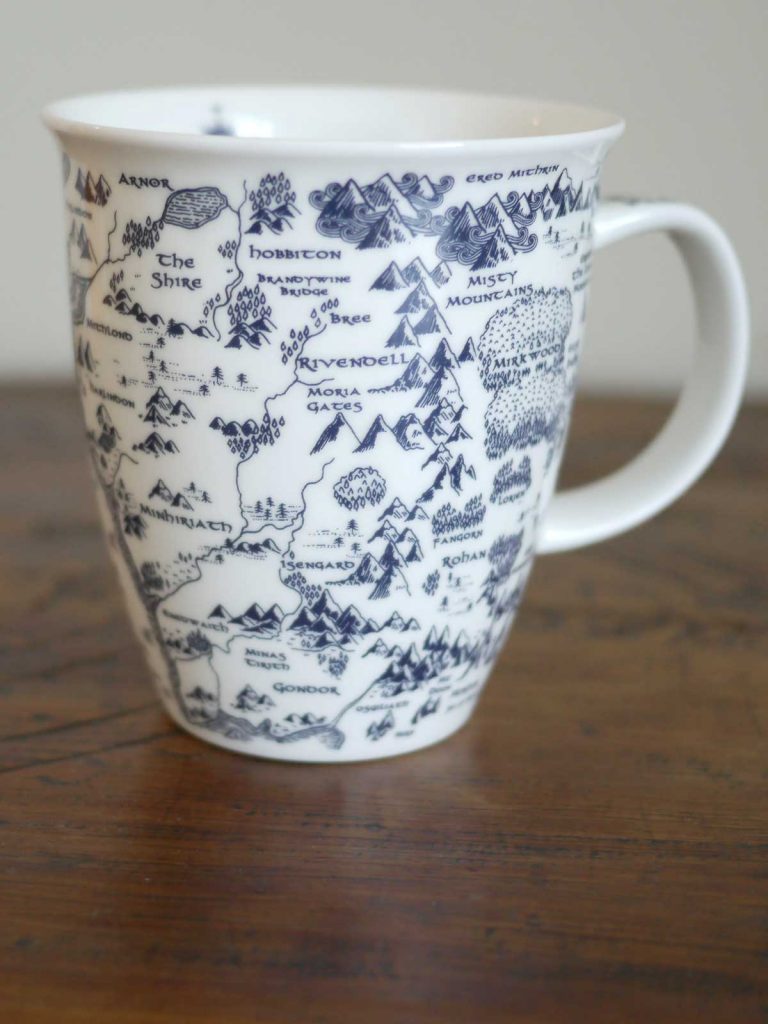

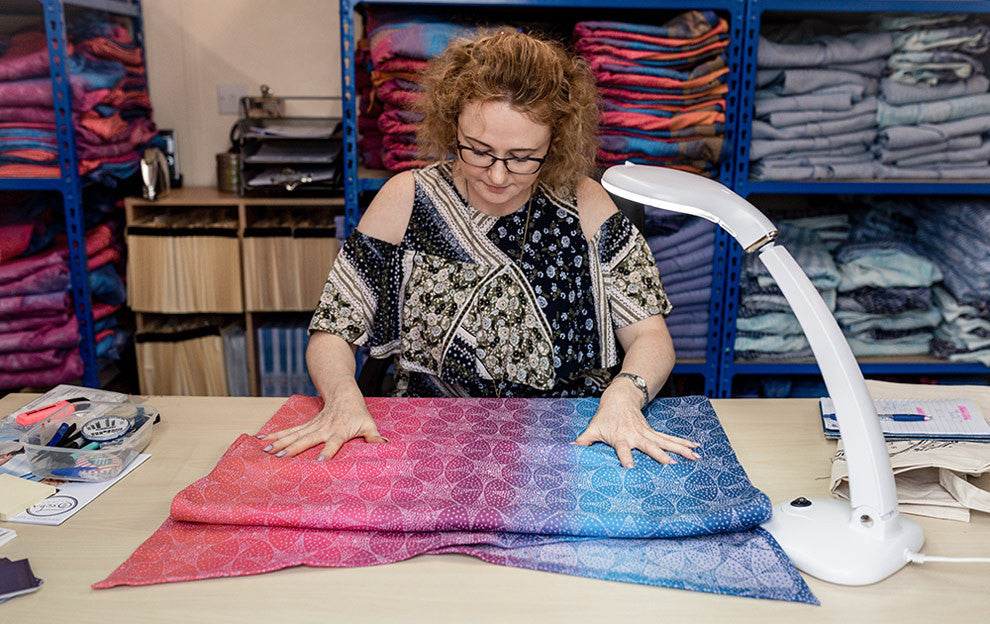
 https://oschaslings.com
https://oschaslings.com